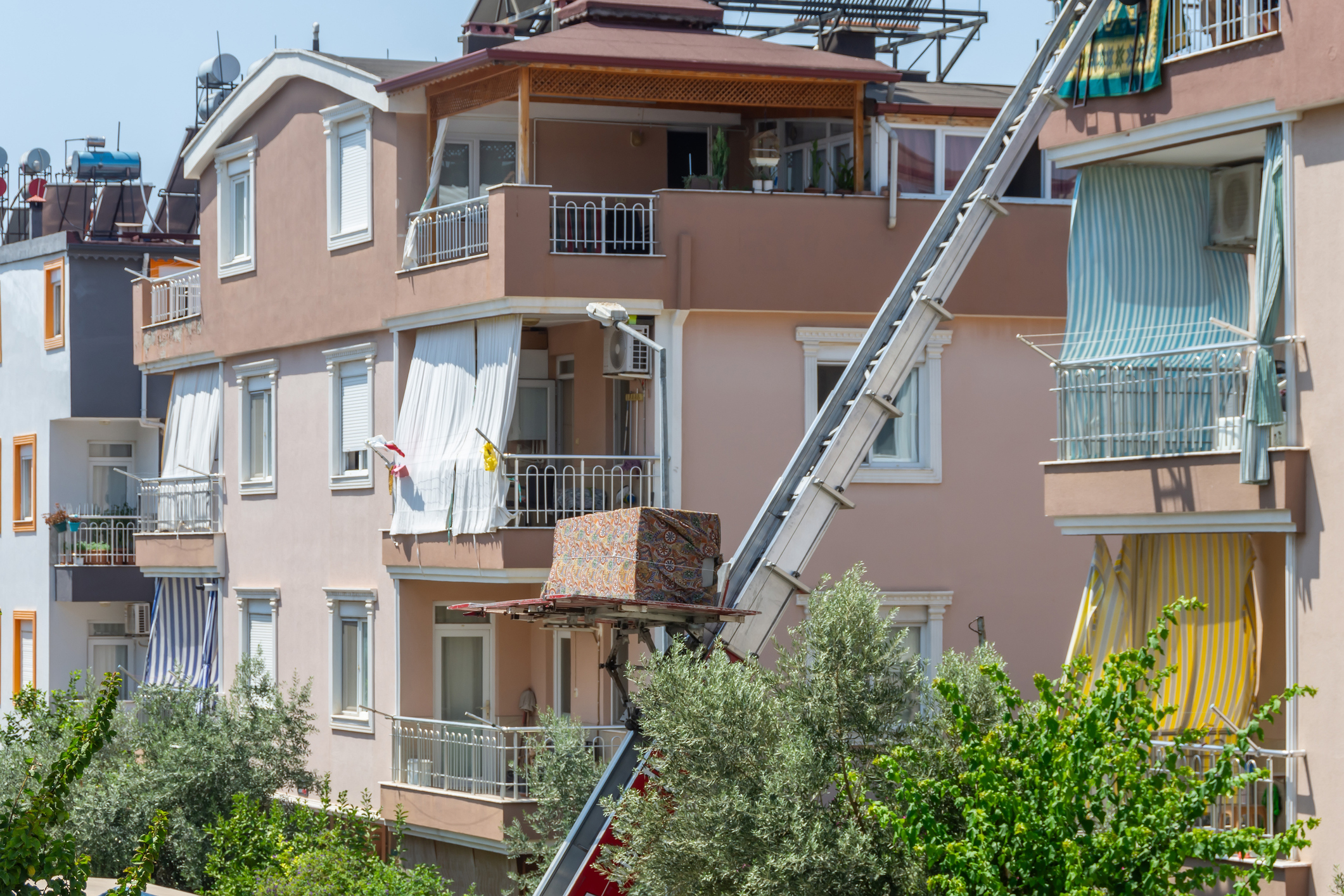How Multifamily Property Renovations Add Value and Marketability

The commercial real estate market ebbs and flows, but one constant remains: the importance of a high-quality property. Whether demand is high or low in your market, targeted multifamily property renovations can strategically increase your assets’ value, attract and retain tenants, and boost cash flow.
Five Advantages of Multifamily Property Renovations
Renovations can improve both the borrower and tenant experiences by extending a property’s lifespan and enhancing its functionality with upgrades to units, common areas, and other amenities. Investors can benefit from aligning any renovations with a long-term vision for a property’s value and income generation and by prioritizing quality over quantity.
Investing in renovations can also:
- Reduce Maintenance: High-quality renovations decrease costly, frequent repairs and replacement
- Increase Tenant Appeal: Adding amenities like new fitness centers, pools, or smart home tech can attract new tenants and allow you to command premium rents with a more competitive property
- Add Value: Strategic multifamily property renovations can increase overall market value and increase return on investment
- Enhance Sustainability: Eco-friendly upgrades like energy-efficient appliances reduce operational costs and environmental impact, and green financing options can be added to many loans
- Gain Tax Benefits: Depending on your location and the nature of the work, you may qualify for tax incentives for improvements to your property
When Is the Right Time for Renovations?
The ideal time to renovate is when the rental market is strong. With high occupancy rates, borrowers are more likely to quickly realize returns on their multifamily property renovations through higher rents. However, renovating during a market downturn, when rents are often cheaper, inventory is higher, and materials are more affordable, is also a sound strategy.
But the right timing for renovations also depends on a mix of property conditions and your current financial situation:
- Budget: Analyze your budget and define the project scope. Focus on renovations that create the most value for your properties, such as smart technology and other modern conveniences that appear to renters of all generations.
- Competition: If competing properties are plentiful and well-maintained, renovations can help your property stand out from others in the same market
- Vacancies: High vacancy rates can be an opportunity to renovate un-occupied units for faster lease-up
Financing Options for Multifamily Property Renovations
Borrowers have many options available for financing renovation projects, and the right solution depends on the type and extent of the planned renovations.
Bridge loans are widely used during smaller renovations to bridge the financing gap before securing permanent loans. Federal Housing Administration (FHA) loans are also helpful for smaller to medium-sized renovations on various multifamily properties and typically have easier qualification requirements than other government-sponsored loans. In particular, Arbor’s FHA 241(a) product offers HUD-insured second mortgages for repairs, additions, and improvements to properties with existing HUD-insured mortgages. Our FHA 223(f) and FHA 221 (d)(4) loans utilize HUD’s expedited processing for moderate renovations and straight-to-firm applications, respectively.
Make Your Multifamily Investment a Long-Term Success
As tenants increasingly embrace a flexible and amenity-rich rental lifestyle, multifamily property renovations are a proven investment strategy that can provide solid returns. Contact an Arbor originator today to discuss how tailored financing for upgrades can maximize the value of your rental property for years to come.
Interested in the multifamily real estate investment market? Contact Arbor today to learn about our array of multifamily, single-family rental, and affordable housing financing options or view our multifamily articles and research reports.

